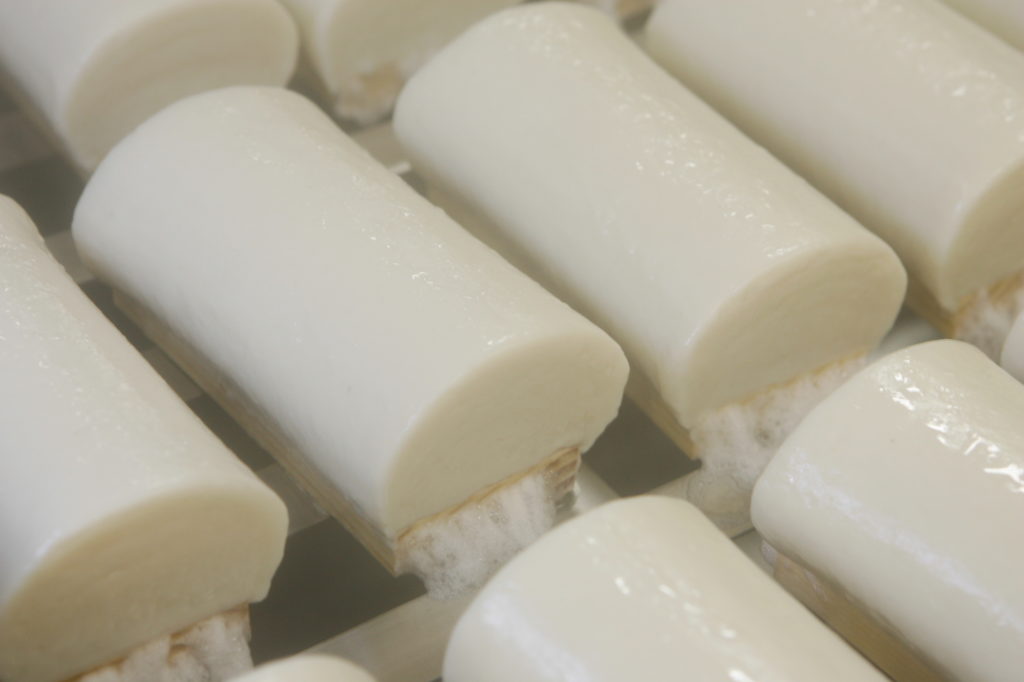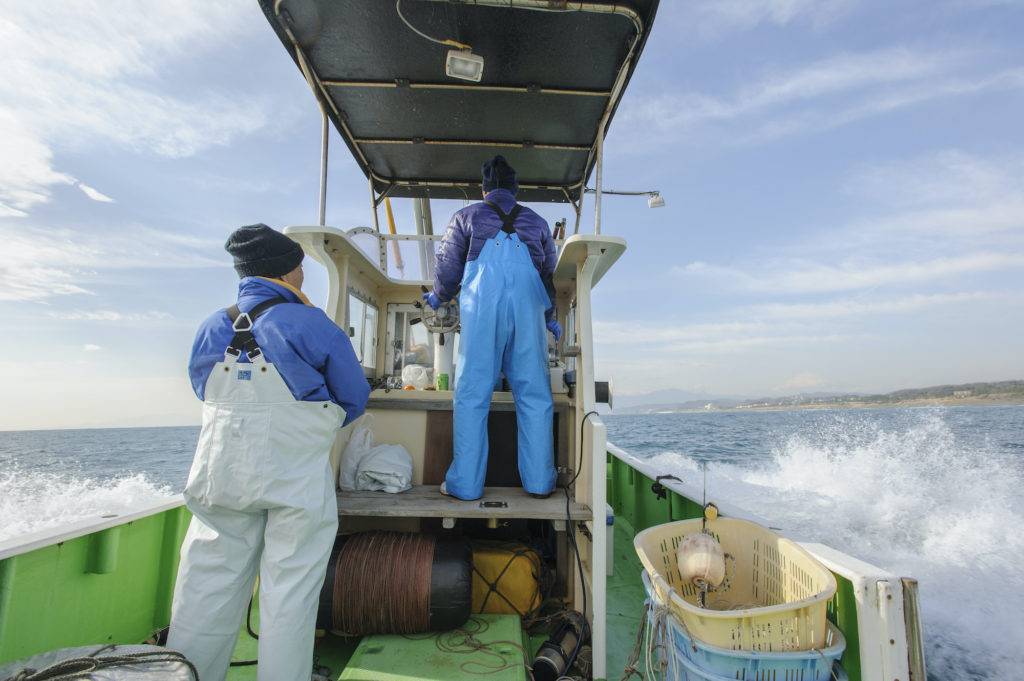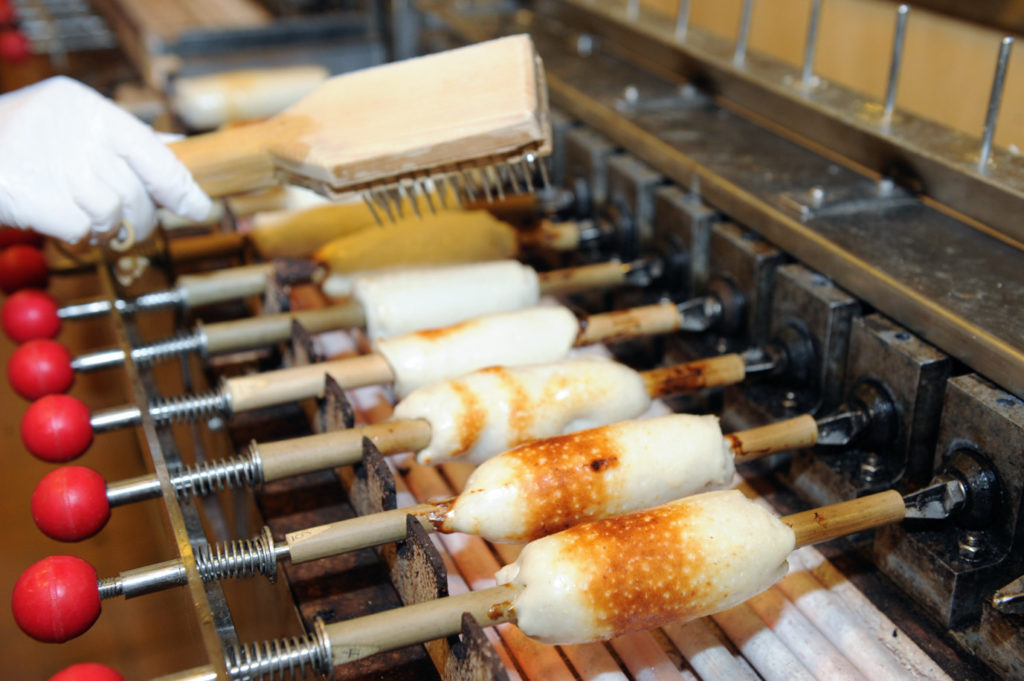
Kamaboko is an historic and almighty food. Made from white fish which is mashed then moulded then cooked, it can be eaten in many delicious ways. From topping off a steaming bowl of soba, to enhancing a child’s bento, to providing a protein hit for athletes. This savoury treat from the sea was also a favourite of daimyō feudal lords, who, in the Edo period, would traverse the country between Kyoto and Tokyo along the old Tōkaidō Road via Odawara. The kamaboko travelled well due to its light and small size and ability to stay preserved for long periods of time. It also had the added benefit of being an extremely nutritious food.

Odawara’s Sagami Bay has a point almost 1500m deep where the Bay’s water meets the Pacific Ocean. “This unique geographical feature makes for a nutrient rich sea and triggers growth of essential microorganisms which attracts more than a thousand kinds of fish,” says Teisuke ‘Ted’ Suzuki, Vice President of Suzuhiro. After they have been caught they are taken directly to the factory where 14 nationally licensed craftspeople prepare the kamaboko using time-honoured traditions guided by well-honed intuition.
“Suzuhiro uses groundwater that has been naturally filtered for over 100 years as it trickles down from the Hakone Tanzawa Mountain ranges,” adds Ted. It is this perfect position between the mountain and ocean that makes Odawara the ultimate spot for kamaboko making and Suzuhiro proud to call the town home. He continues his praise of Odawara’s unique geography, “We cleanse the fish fillet with this pristine mountain water to remove enzymes and fat so the product can have a soft chewy texture, as well as to ensure a purer and cleaner surimi. This process also adds natural doses of essential minerals.”
Suzuhiro craftspeople will no doubt continue to maintain, hone, and pass down the know-how to make premium kamaboko. They do this by doing what they do best: Offering a local and natural product made with tradition.












